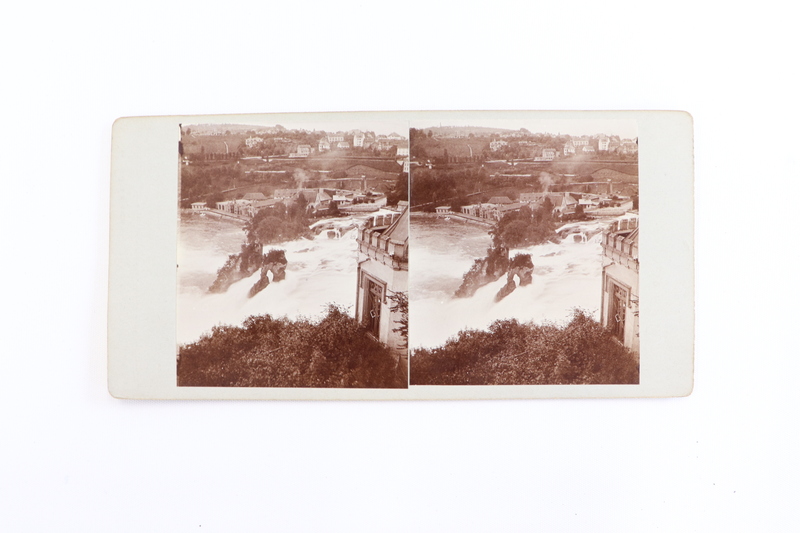Stereograph cards
Stereographs were a very popular form of photography in the mid-late 19th century throughout the United States and Europe. They were a popular teaching tool, and this box of stereograph cards (also known as stereoscope cards) was likely used by Samuel Hurst Seager during his time as a lecturer. He had attended Canterbury College, now the University of Canterbury, in 1879-1882, and after furthering his architectural studies in London he returned to Canterbury College as a lecturer from 1893-1903. Well-known as an architect that made many prominent contributions to the landscape of Christchurch, he was an avid disciple of architecture, and passed that passion on to his students. His enthusiasm for the industry encouraged students and fostered their own passions and so his lectures gathered substantial interest.
These cards feature images of different styles of architecture found throughout Europe. We know that Seager took some of these images, if not all, as his reflection is visible in some of the images. Stereographs were created by taking two photographs in slightly different positions, mimicking the positions of human eyes. The images would be printed side by side on a single card, which could then be inserted into a viewfinder through which the viewer would look to see the enlarged image. The images would appear overlaid, giving the viewer the illusion of a 3D picture.
Samuel Hurst Seager had a significant impact on the physical and intellectual landscape of Canterbury College and Christchurch. Much of this can be attributed to his passion for architecture and teaching. The collection of stereograph cards is evidence of his passion to learn and explore what he could and to pass it on to the next generation of architects.


